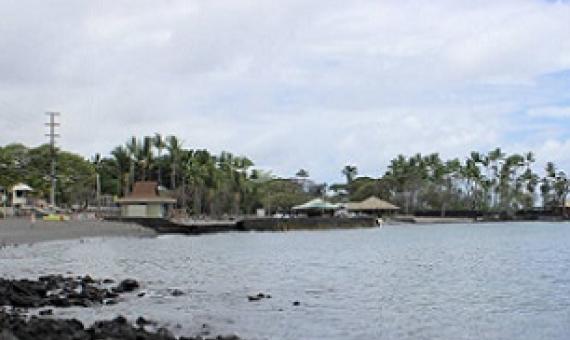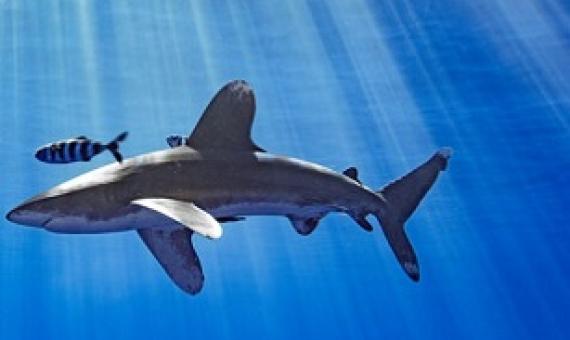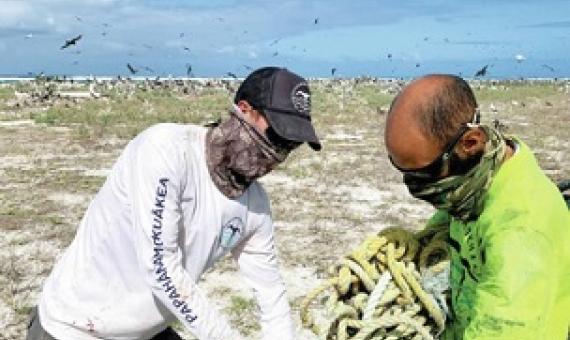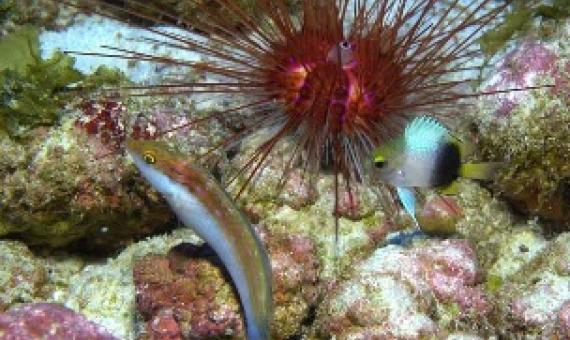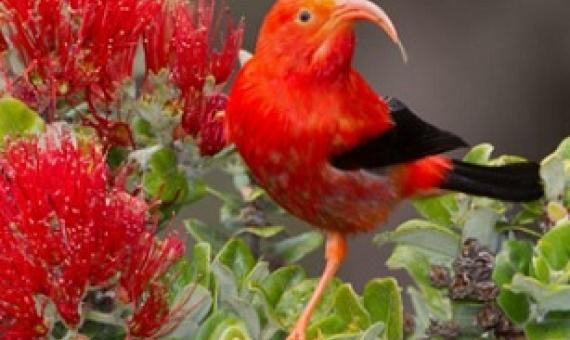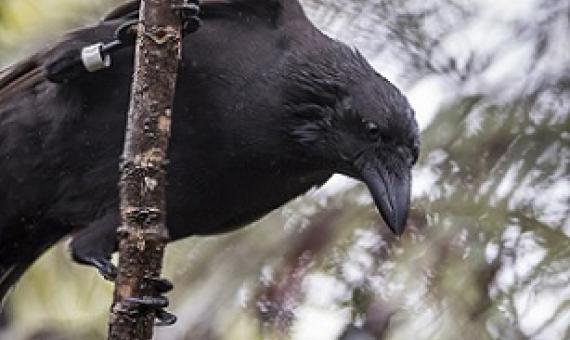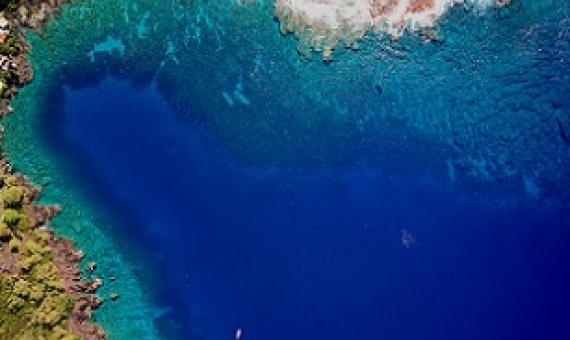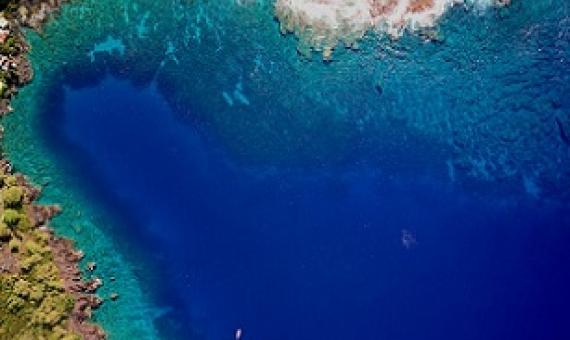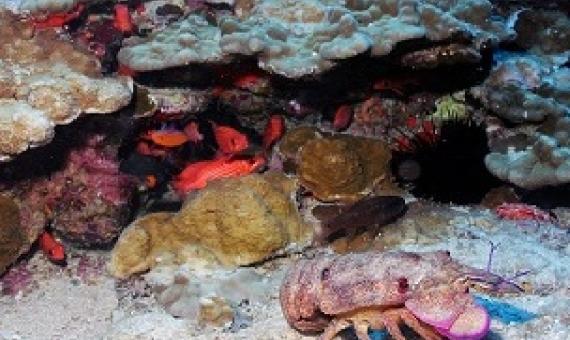As the COVID-19 pandemic took hold in the first half of 2020, the lack of human activity around the world resulted in a 9% drop in the greenhouse gas emissions at the root of climate change. Almost overnight, the Himalayas became visible from a distance for the first time in years.
The Hawaii Longline Association announced this week it’s making key changes to its fleet’s fishing equipment to help the imperiled oceanic whitetip shark stave off extinction...The move should at least somewhat help the endangered and overfished sharks, local fishing officials and indus
Over 82,600 pounds of marine debris and trash were removed during a 16-day cleanup project at Lalo (French Frigate Shoals) within Papahanaumokuakea Marine National Monument.
NOAA has published a peer-reviewed State of the Monument report that was jointly produced by the co-trustees of Papahānaumokuākea Marine National Monument.
Hawaii’s iconic iiwi, a honeycreeper bird known for its bright-red plumage, could go extinct in the coming decades without a designated, critical habitat for its numbers to recover. On Tuesday, the Center for Biological Diversity filed its intent to sue the U.S.
The ʻAlalā Project announced on Monday morning that after reintroducing the Hawaiian crow back into the wild three years ago, it will be bringing the rare birds back into the conservation breeding program at the Keauhou Bird Conservation Center...The project is working to establish a self-sustain
The U.S. Environmental Protection Agency announced that the endocrine-disrupting pesticide atrazine will be banned in Hawai‘i and in the U.S. territories of Puerto Rico, Guam, American Samoa, the U.S.
A new study has found a 45% decline in the biomass of important fish species in West Hawai‘i’s reefs across a 10-year period...The study will inform new management practices to protect Hawai‘i’s coral reefs, including the state’s 30 by 30 initiative, which aims to designate 30% of Hawai‘i’s
The Hawaii Coral Reef Strategy 2030 emphasizes the inclusion of communities in coral restoration and conservation, and the need to work mauka to makai, from ridge to reef (or literally, toward the mountains and toward the sea), to promote reef resilience.
Rigorously Valuing the Role of U.S. Coral Reefs in Coastal Hazard Risk Reduction
The degradation of coastal habitats, particularly coral reefs, raises risks by increasing the exposure of coastal communities to flooding hazards. The protective services of these natural defenses are not assessed in the same rigorous economic terms as artificial defenses, such as seawalls, and therefore often are not considered in decision making. Here we combine engineering, ecologic, geospatial, social, and economic tools to provide a rigorous valuation of the coastal protection benefits of all U.S.

